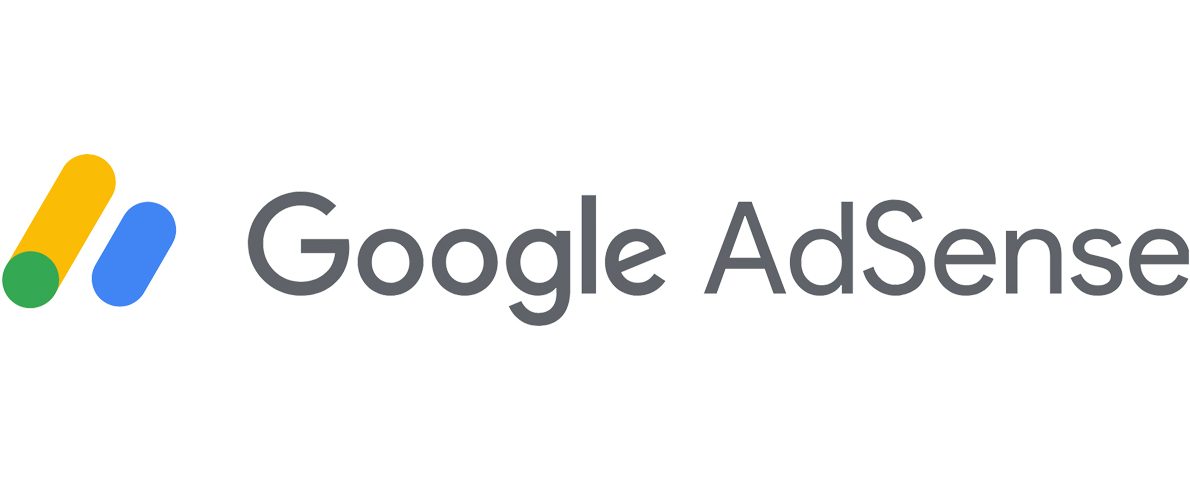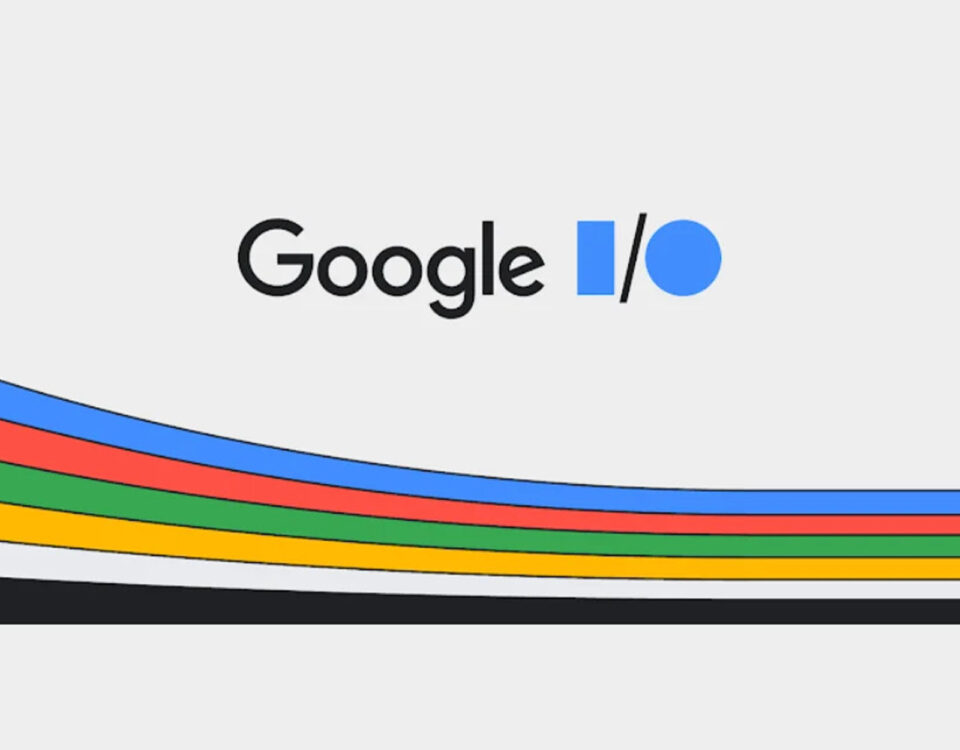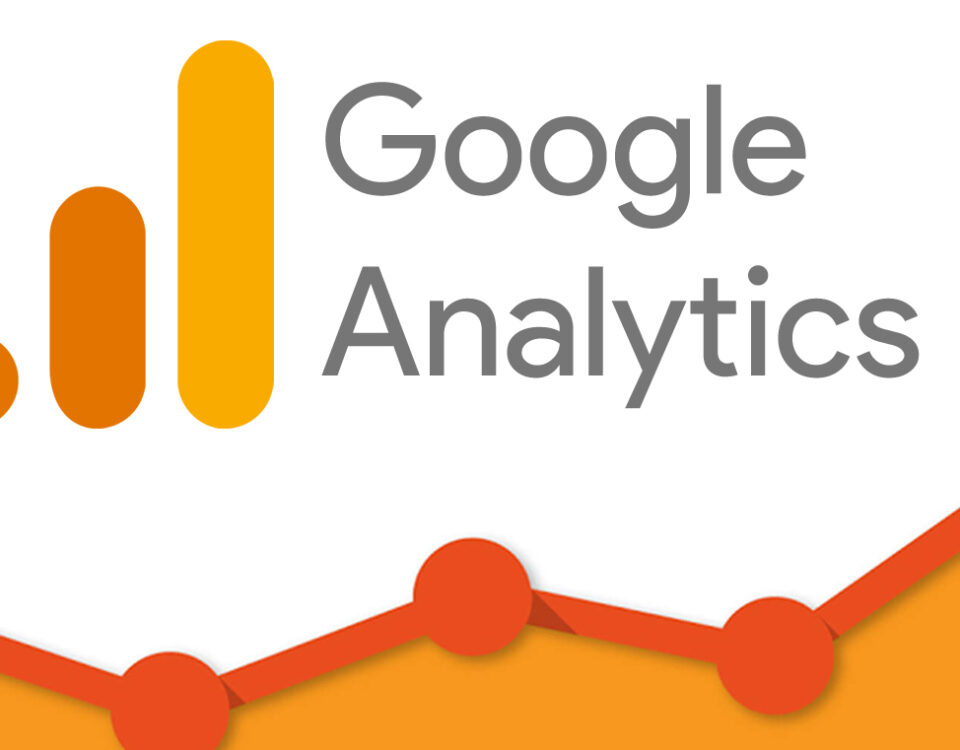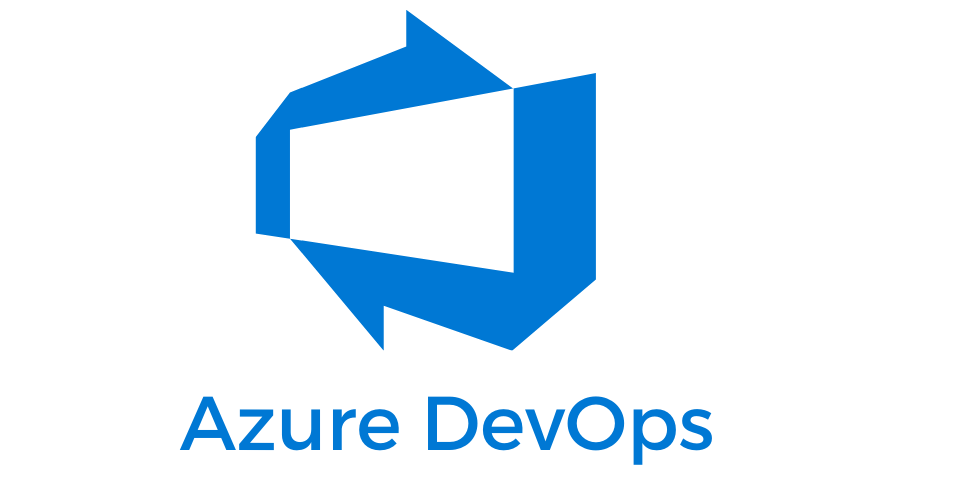Google AdSense

Salesforce Technology
11th December 2019
REAL WORLD APPLICATIONS OF BIG DATA ANALYSIS
16th December 2019Google AdSense is a program run by Google through which website publishers in the Google Network of content sites serve text, images, video, or interactive media advertisements that are targeted to the site content and audience.
These advertisements are administered, sorted, and maintained by Google. They can generate revenue on either a per-click or per-impression basis.
Google beta-tested a cost-per-action service, but discontinued it in October 2008 in favor of a DoubleClick offering (also owned by Google).
In Q1 2014, Google earned US $3.4 billion ($13.6 billion annualized), or 22% of total revenue, through Google AdSense. AdSense is a participant in the AdChoices program, so AdSense ads typically include the triangle-shaped AdChoices icon.
This Program also operates on HTTP cookies. Over 11.1 million website use AdSense.
About AdSense
Google uses its technology to serve advertisements based on website content, the user’s geographical location, and other factors. Those wanting to advertise with Google’s targeted advertisement system may enroll through Google AdWords.
AdSense has become one of the most popular programs specializing in creating and placing banner and responsive ads on website and blogs. Responsive ads adjust themselves based upon user’s device size. These advertisements are less intrusive and the content of the advertisements is often relevant to the website.
Many websites use AdSense to make revenue from their web content (website, online videos, online audio content, etc.), and it is the most popular advertising network. AdSense has proved particularly useful for generating advertising revenue for small websites that do not have sufficient resources or other major sources of revenue.
To display contextually relevant advertisements on a website, webmasters place a brief Javascript code on the website’s pages. Websites that are content-rich have been very successful with this advertising program, as noted in a number of publisher case studies on the AdSense website.
Google has removed the policy of limiting AdSense ads to three ads per page. Now, Adsense publishers can place several AdSense ads on a page given there is sufficient content on a webpage. According to Google guidelines on ensuring proper ad placement, advertising and promotional material should not exceed page content.
Some webmasters put significant effort into maximizing their AdSense income. They do this mainly by following best practices:
- They produce good quality content that attracts and engages users and provides good user experience.
- They follow webmaster guidelines.
- They avoid flooding their website with advertisements.
- They do not try methods that encourage users to click ads. Google prohibits webmasters from using phrases like “Click on my AdSense ads” to increase click rates. The phrases accepted are “Sponsored Links” and “Advertisements”.
- They do not link or redirect to websites with a poor reputation.
The source of all AdSense income is the AdWords program, which in turn has a complex pricing model based on a Vickrey second price auction. AdSense requires an advertiser to submit a sealed bid (i.e., a bid not observable by competitors).
Additionally, for any given click received, advertisers only pay one bid increment above the second-highest bid. Google currently shares 68% of revenue generated by AdSense with content network partners, and 51% of revenue generated by AdSense with AdSense for Search partners. On June 18, 2015, Google announced rebranding of AdSense with a new logo.





